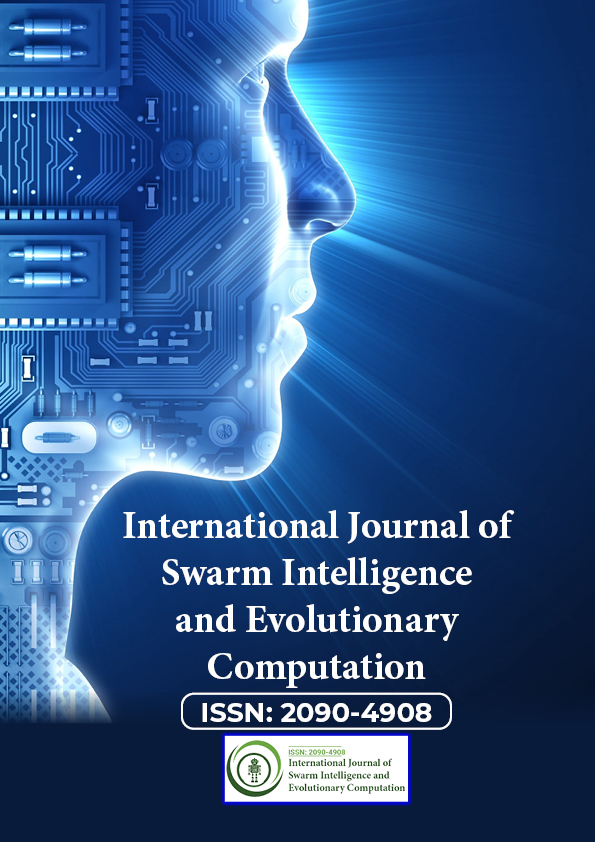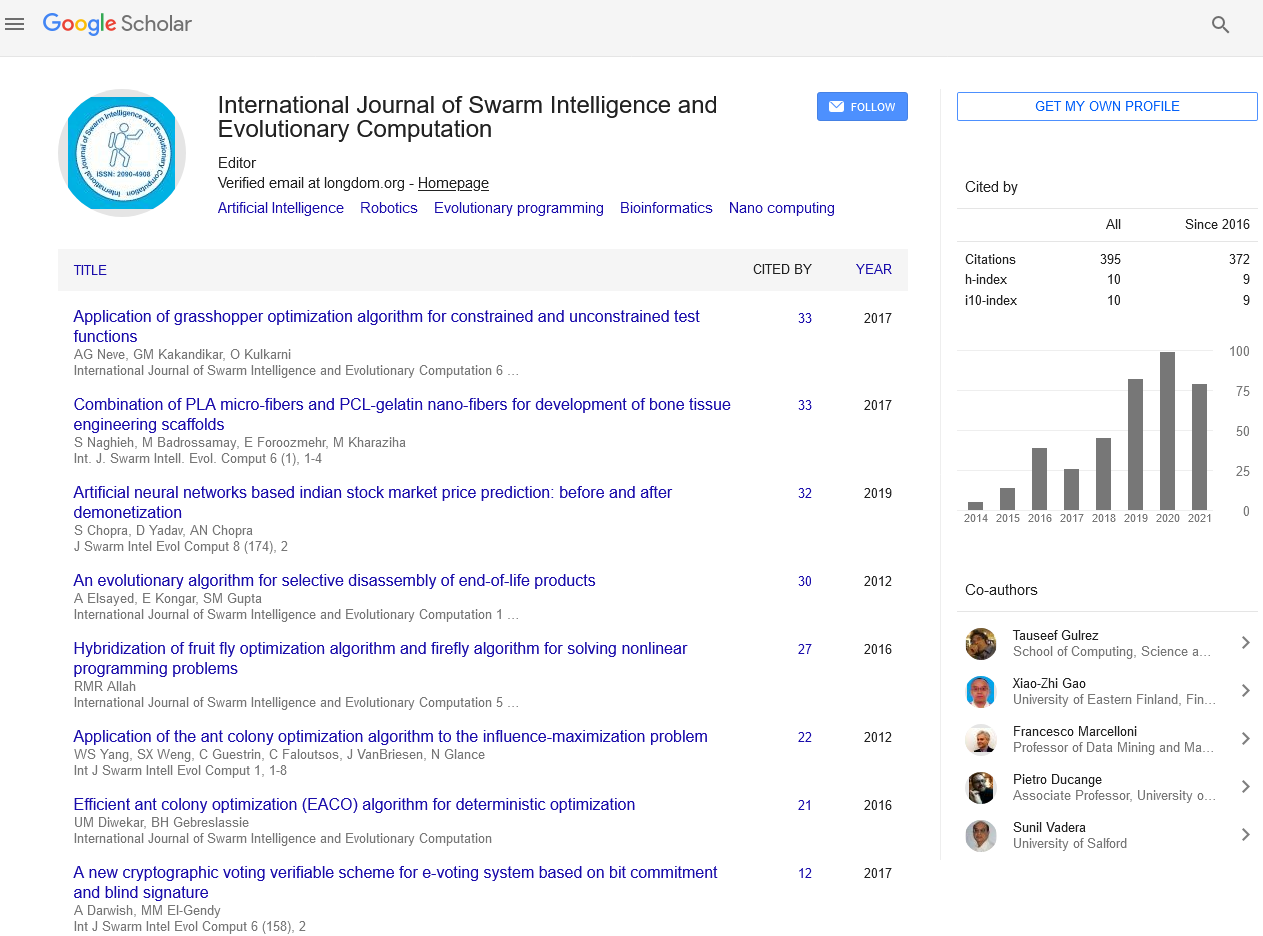Indexed In
- Genamics JournalSeek
- RefSeek
- Hamdard University
- EBSCO A-Z
- OCLC- WorldCat
- Publons
- Euro Pub
- Google Scholar
Useful Links
Share This Page
Journal Flyer

Open Access Journals
- Agri and Aquaculture
- Biochemistry
- Bioinformatics & Systems Biology
- Business & Management
- Chemistry
- Clinical Sciences
- Engineering
- Food & Nutrition
- General Science
- Genetics & Molecular Biology
- Immunology & Microbiology
- Medical Sciences
- Neuroscience & Psychology
- Nursing & Health Care
- Pharmaceutical Sciences
Abstract
Low Dimensional Chaotic Attractors in SARS-CoV-2?s Regional Epidemiological Data
Background: Recent studies applying chaos theory methods have found the existence of chaotic markers in SARSCoV- 2’s epidemiological data, evidence that has implications on the prediction, modeling and epidemiological analysis of the SARS-CoV-2/COVID-19 pandemic with implications for healthcare management.
Aim and methods: We study the aggregate data for the new cases per million and the new deaths per million from COVID-19 in Africa, Asia, Europe, North and South America and Oceania, applying chaos theory’s empirical methods including embedding dimension estimation, Lyapunov spectra estimation, spectral analysis and state-ofthe- art topological data analysis methods combining persistent homology, recurrence analysis and machine learning with the aim of characterizing the nature of the dynamics and its predictability.
Results and conclusion: The results show that for all regions except Oceania there is evidence of low dimensional noisy chaotic attractors that are near the onset of chaos, with a recurrence structure that can be used by adaptive artificial intelligence solutions equipped with nearest neighbors’ machine learning modules to predict with a very high performance the future values of the two target series for each region. The persistent homology analysis uncovers a division into two groups, the first group comprised of Africa and Asia and the second of Europe, North and South America. For Oceania, we found evidence of the occurrence of a bifurcation which we characterize in detail applying a combination of machine learning and topological analysis methods; we find that the bifurcation in the region is related to the emergence of new variants.
Published Date: 2022-11-07; Received Date: 2022-09-27


